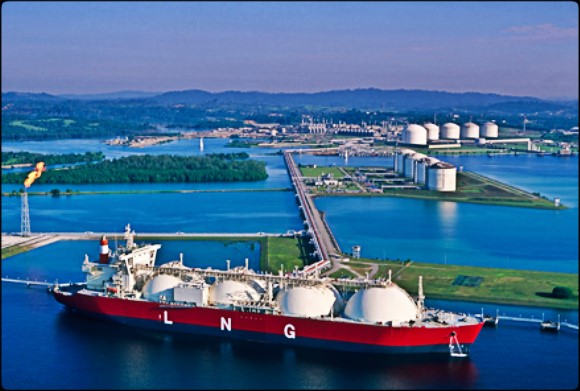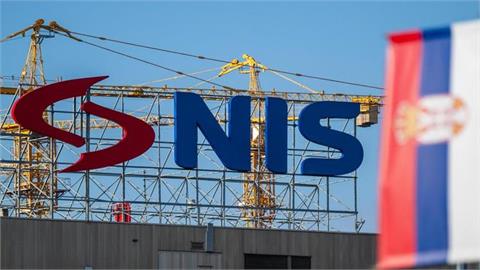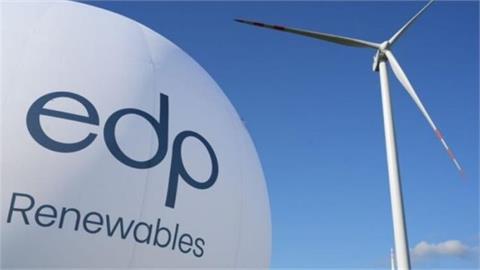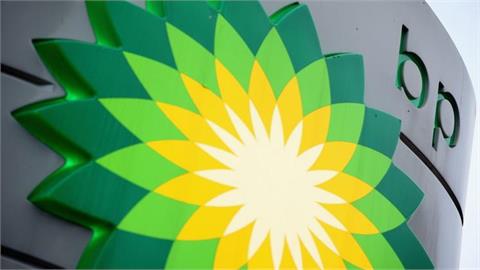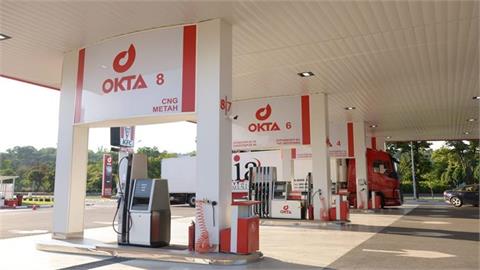by Arun Toora* European LNG sendout remains a key source of gas supply to the EU despite a surge in US offtake cancellations. LNG sendout was broadly unchanged between April and May, providing just under 10 billion cubic metres (bcm) of gas to the EU or around a quarter of overall imports.
EU LNG sendout was
also around 330 million cubic metres (mcm)
higher in May than the same month last year.
ICIS recently reduced its LNG supply forecast for the United States over the summer by 2.9m tonnes, following previous market reports that at least 39 cargoes were cancelled for July. Downward revisions were also made to June, August and September US production.
However, Europe continues to receive plentiful LNG from Russia, Qatar and Africa.
European LNG imports
Going forward, weak demand and tight global natural gas spreads are likley to slow down European LNG import growth in the coming months.
Despite this, the region will continue to import a considerable amount of LNG as it absorbs length in the Atlantic.
Europe has accounted for 23.8% of all LNG consumption since the start of the year, three percentage points higher than in 2019.
Qatar is expected
to increase its share as Europe’s leading
supplier as US cancelled cargoes come into
play.
Since the start of summer the year-on-year growth in LNG imports has fallen, with gains of 5% and 12% in April and May.
In those months the volume imported was 15.4 million tonnes (mt), excluding Turkey, compared to 14.2mt during the same period in 2019.
Between January 2019 and March 2020 year-on-year growth of European LNG imports averaged 75%.
US and Qatar
Record low gas prices globally due to weak demand have led to the cancellation of US LNG cargoes.
This will lead to lower yearly growth of deliveries to Europe for the rest of summer.
At the same time, US cancellations will benefit Qatar, which as the cheapest producer and exporter will extend its position as Europe’s largest LNG supplier.
Between April and May US, exports into Europe fell from 2.29mt to 1.53mt, while Qatari volumes dropped from 2.71mt to 2.51mt.
During May Russian LNG climbed to a five-month high of 1.39mt, data from LNG Edge showed.
Depressed margins
Relatively full European storage continue to be the key driver of weak summer prices.
At the Dutch TTF the balance of summer is almost €6/MWh below Winter ’20 as pressure at the front end continues.
European storage was more than 70% full as of 1 June, 13 percentage points above the same point in 2019, storage operator data showed.
This has pushed European gas prices below the US Henry Hub.
The TTF front-month closed $0.27/MMBtu below the Henry Hub on average in May, whereas it held a premium of $1.8/MMBtu a year before.
As storage nears capacity and weak prices limit the Atlantic arbitrage, European LNG import growth is likely to remain limited.
Additional reporting by Julie Fisher
*Senior Energy Market Reporter at ICIS
(www.icis.com, June 15, 2020)
